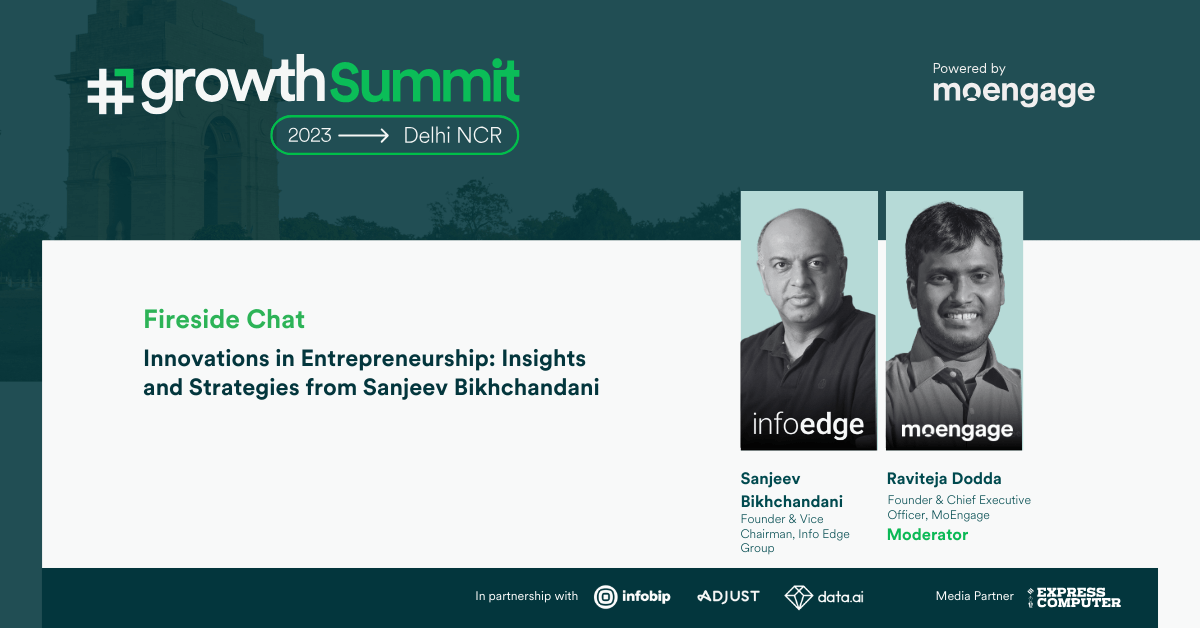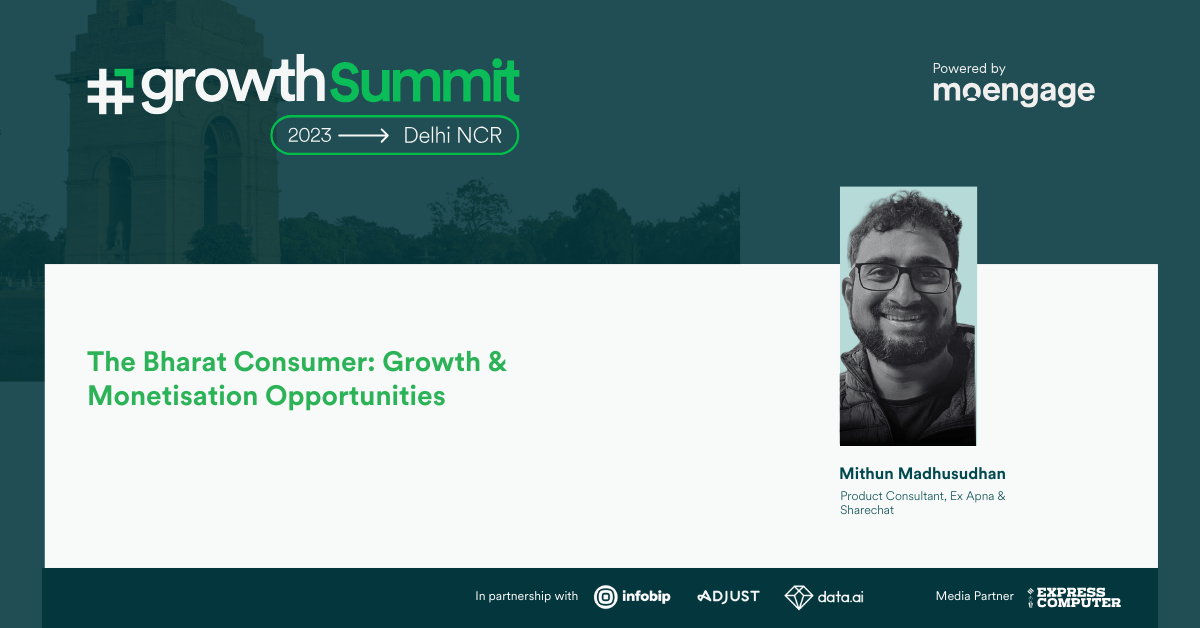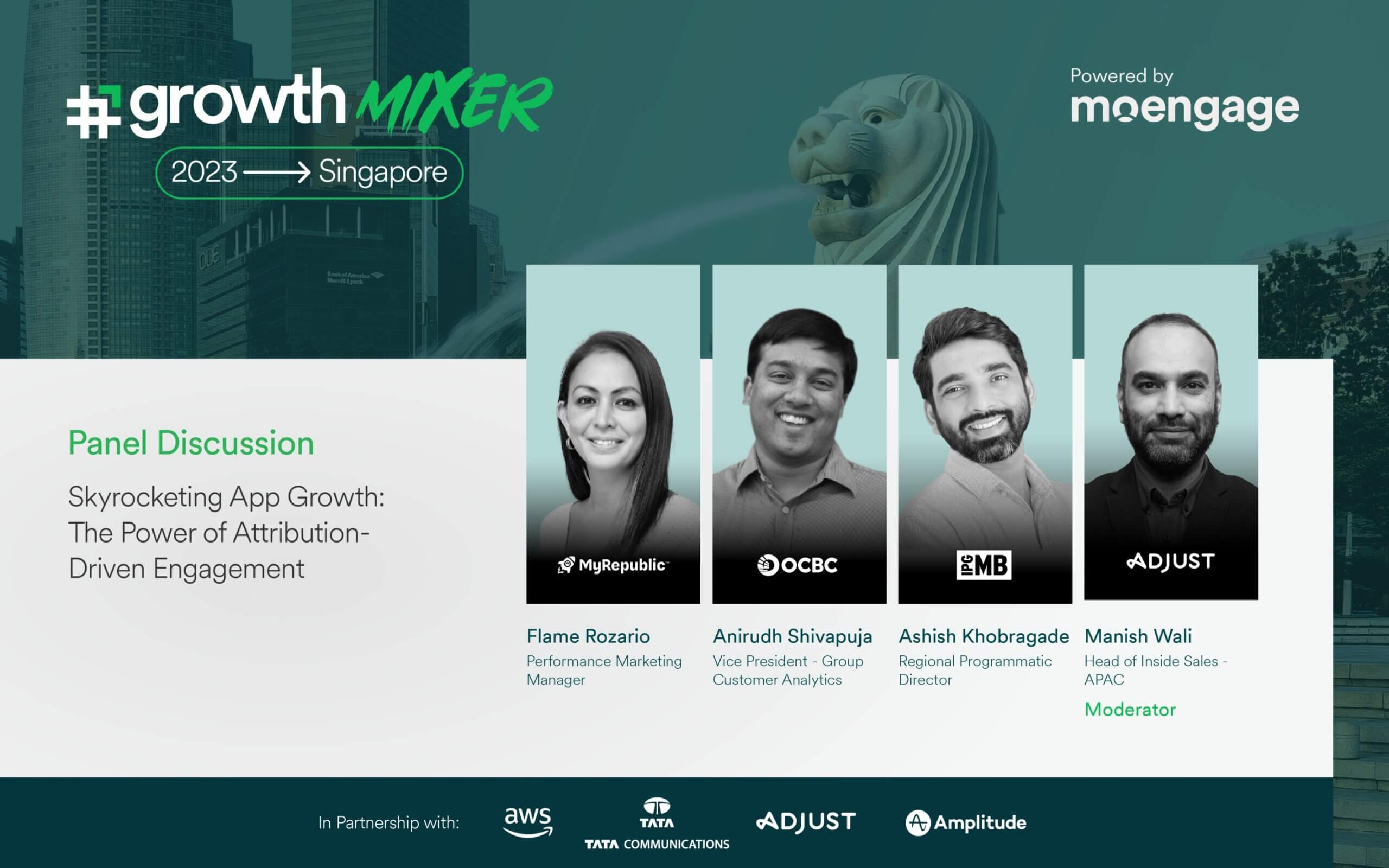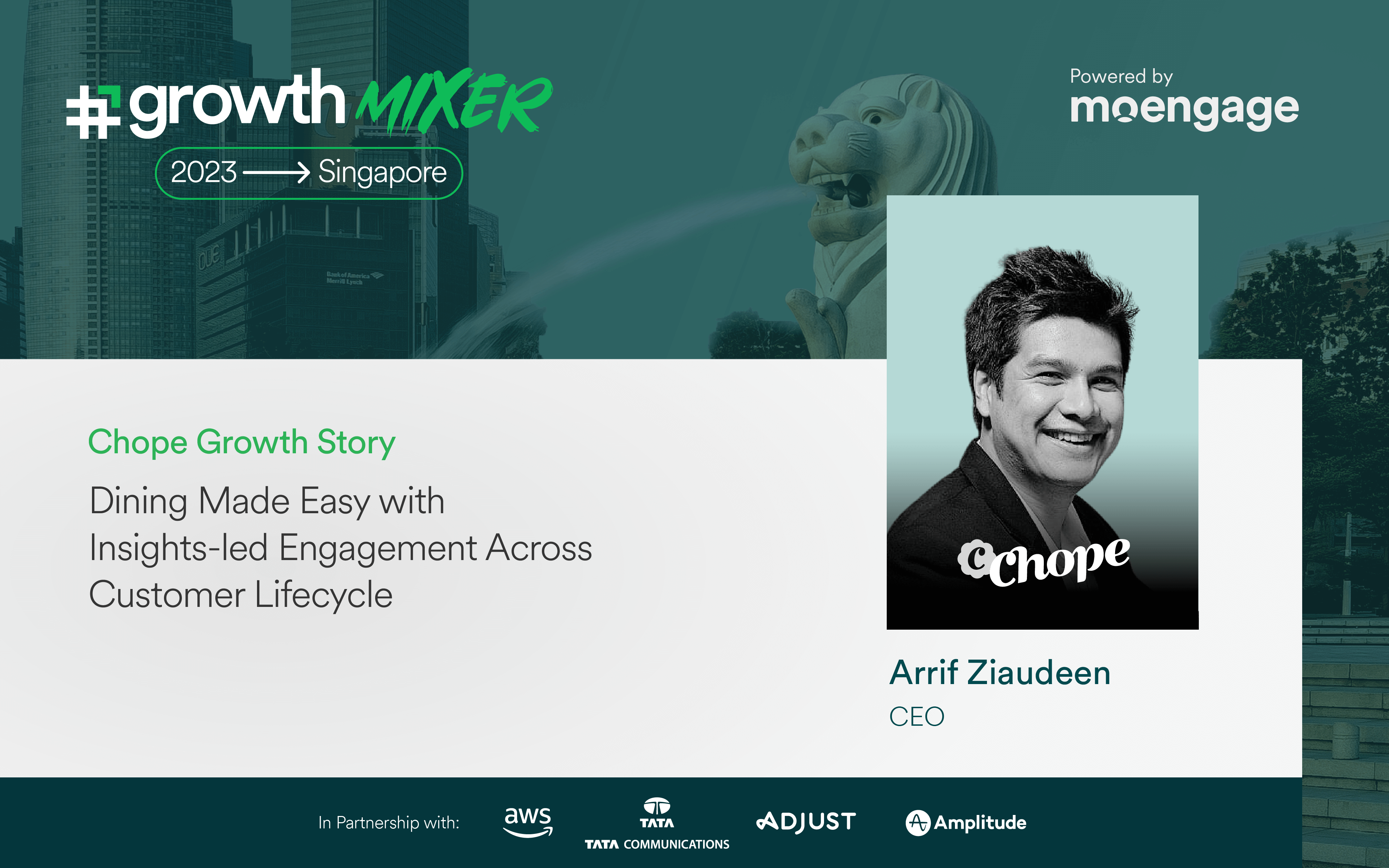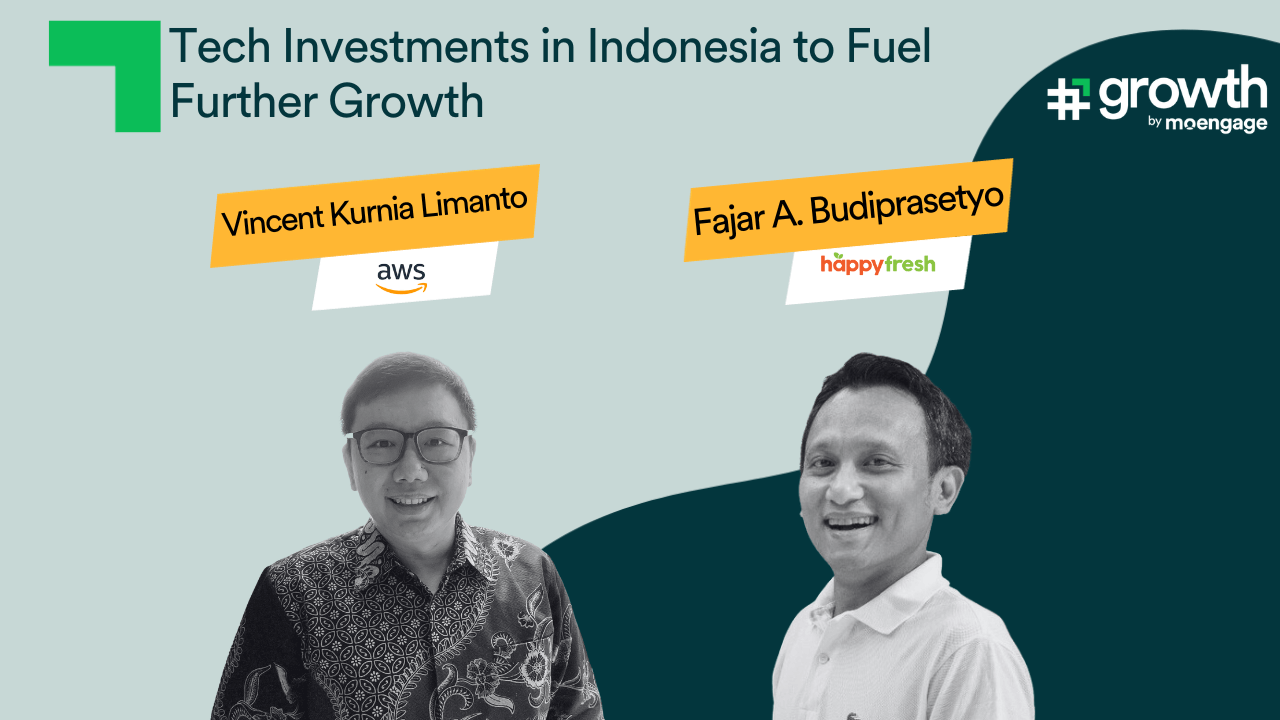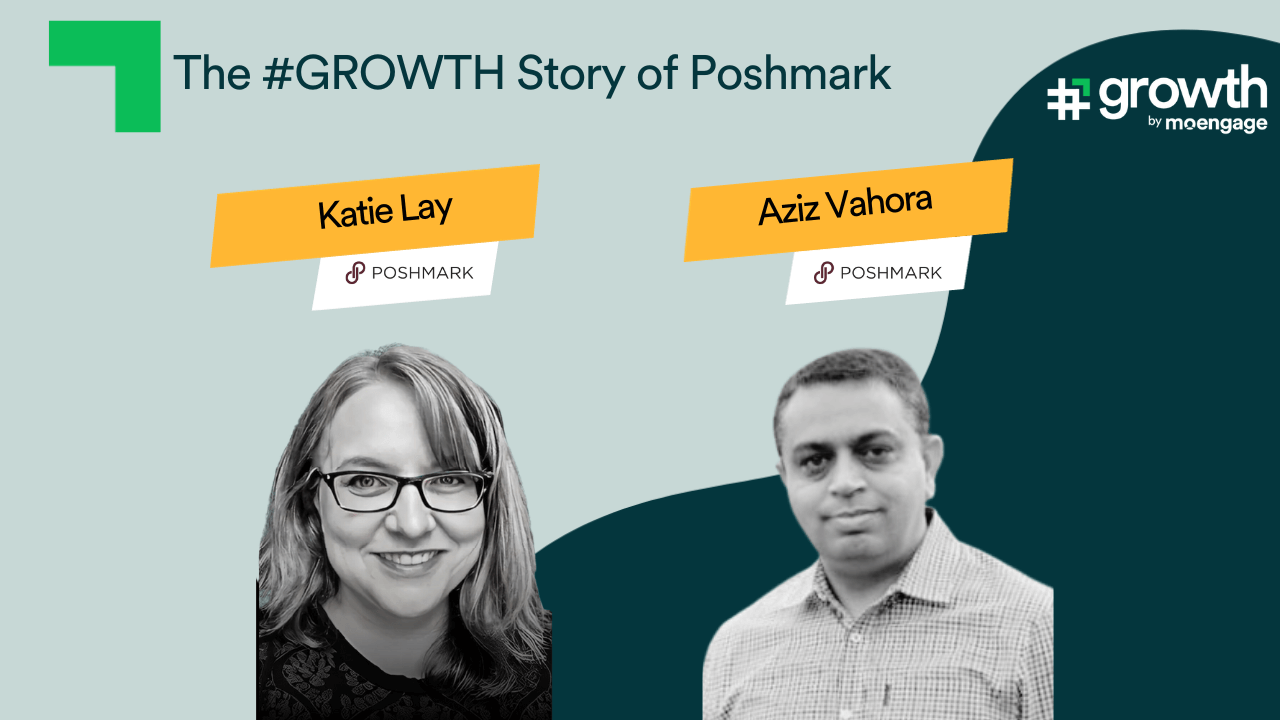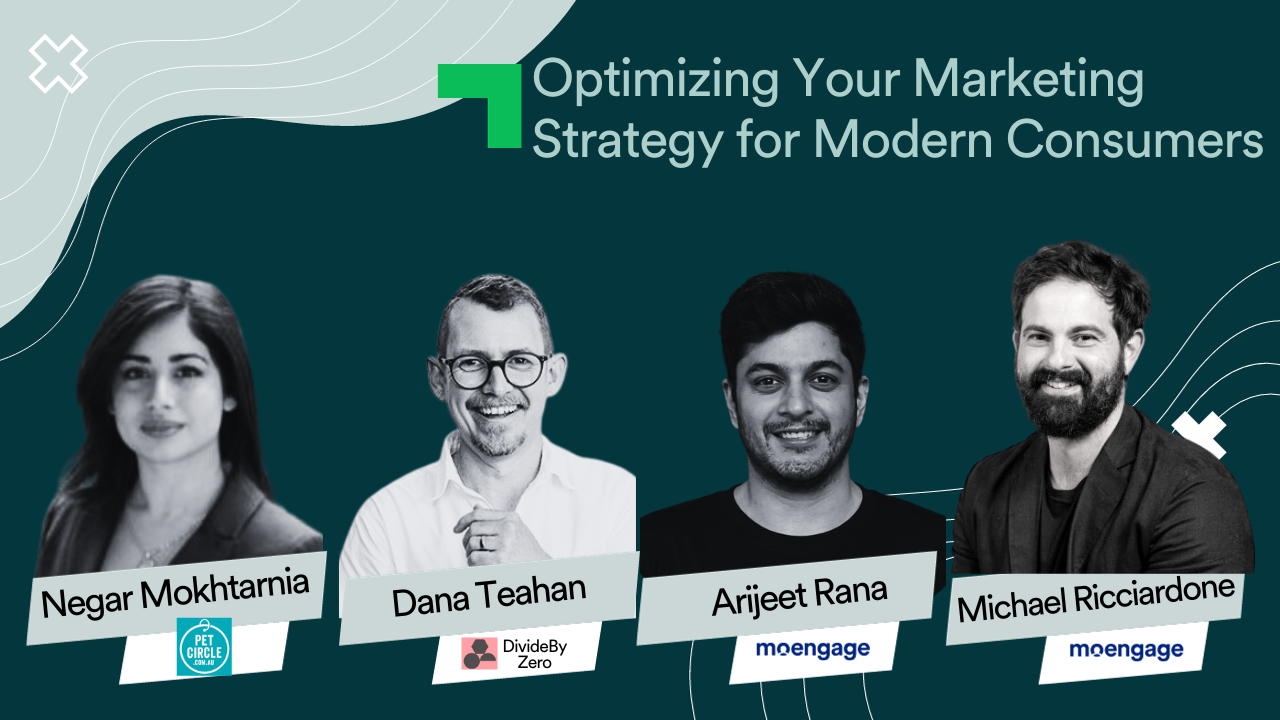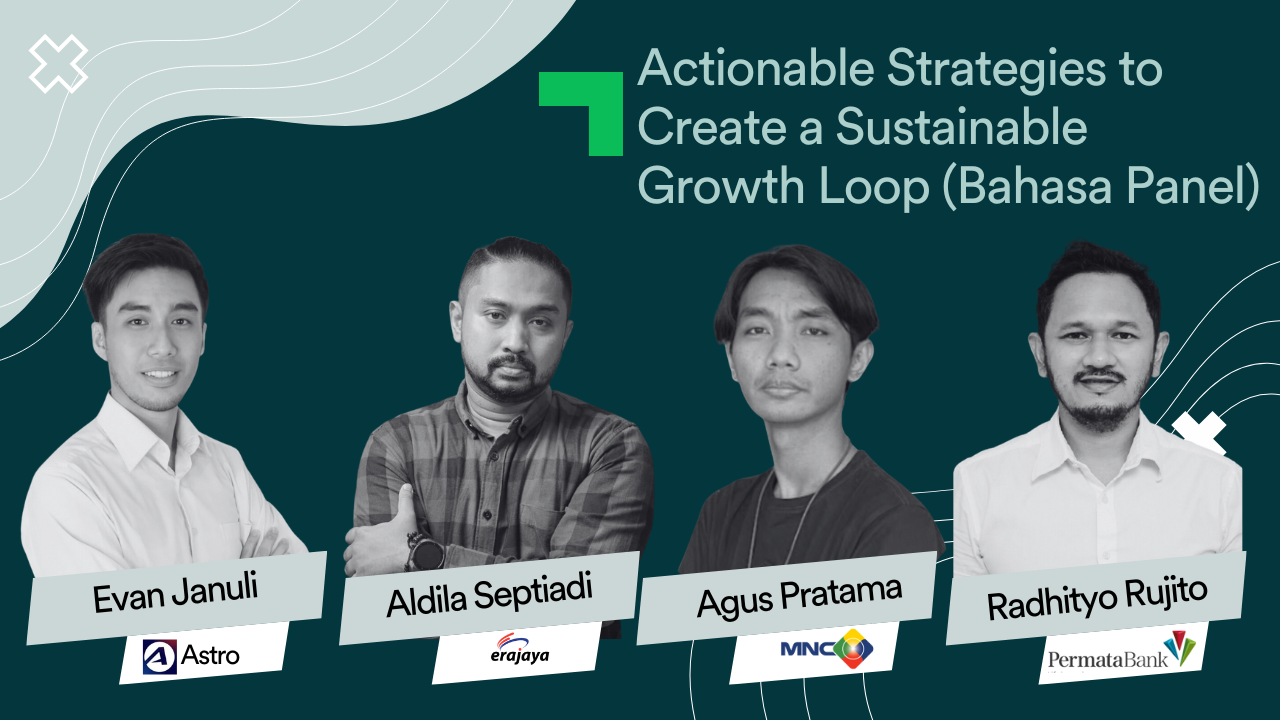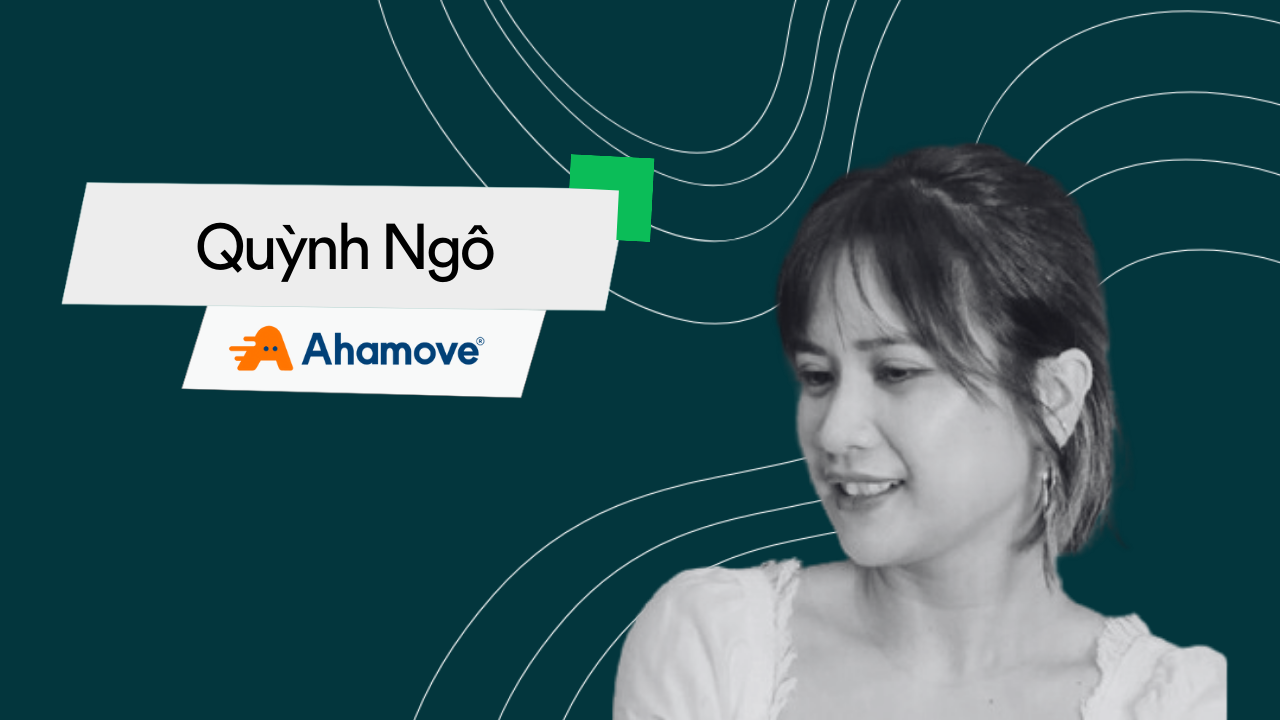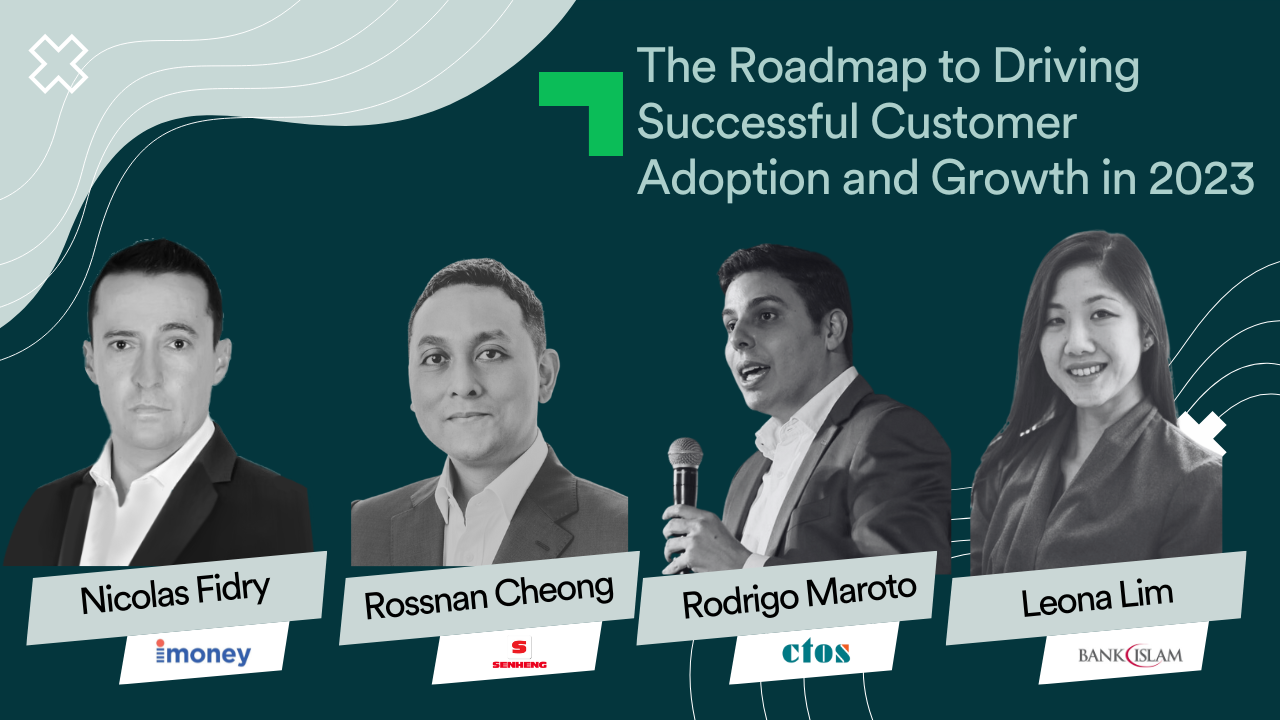Growth Videos Category: Growth
Growth and Monetization in Mass Market India
Skyrocketing App Growth: The Power of Attribution-Driven Engagement
The Chope Growth Story
Tech Investments in Indonesia to Fuel Further Growth
The #GROWTH Story of Poshmark
Optimizing Your Marketing Strategy for Modern Consumers
Actionable Strategies to Create a Sustainable Growth Loop (Bahasa Panel)
Supply, Demand and Everything That Triggers Growth – The Ahamove Story (Vietnamese)
The Roadmap to Driving Successful Customer Adoption and Growth in 2023
